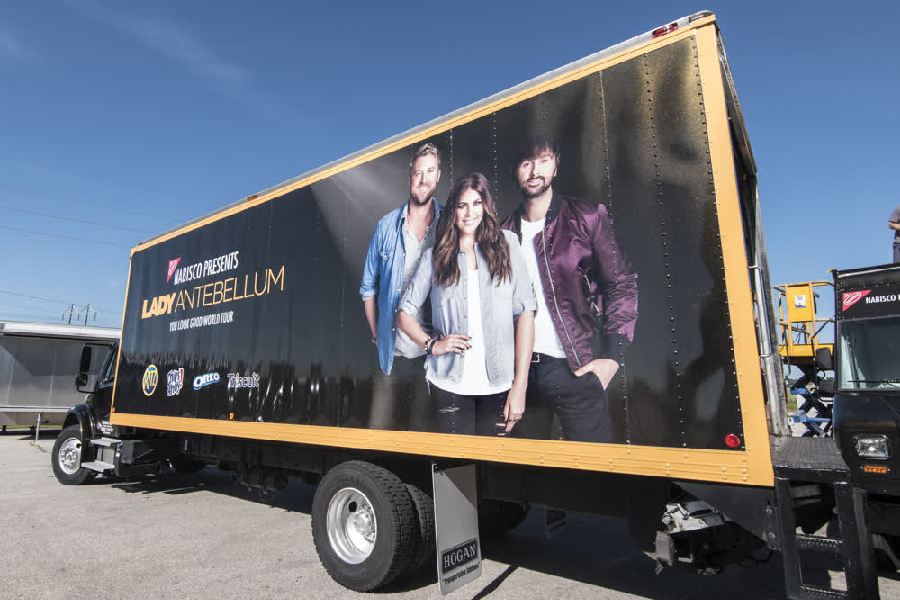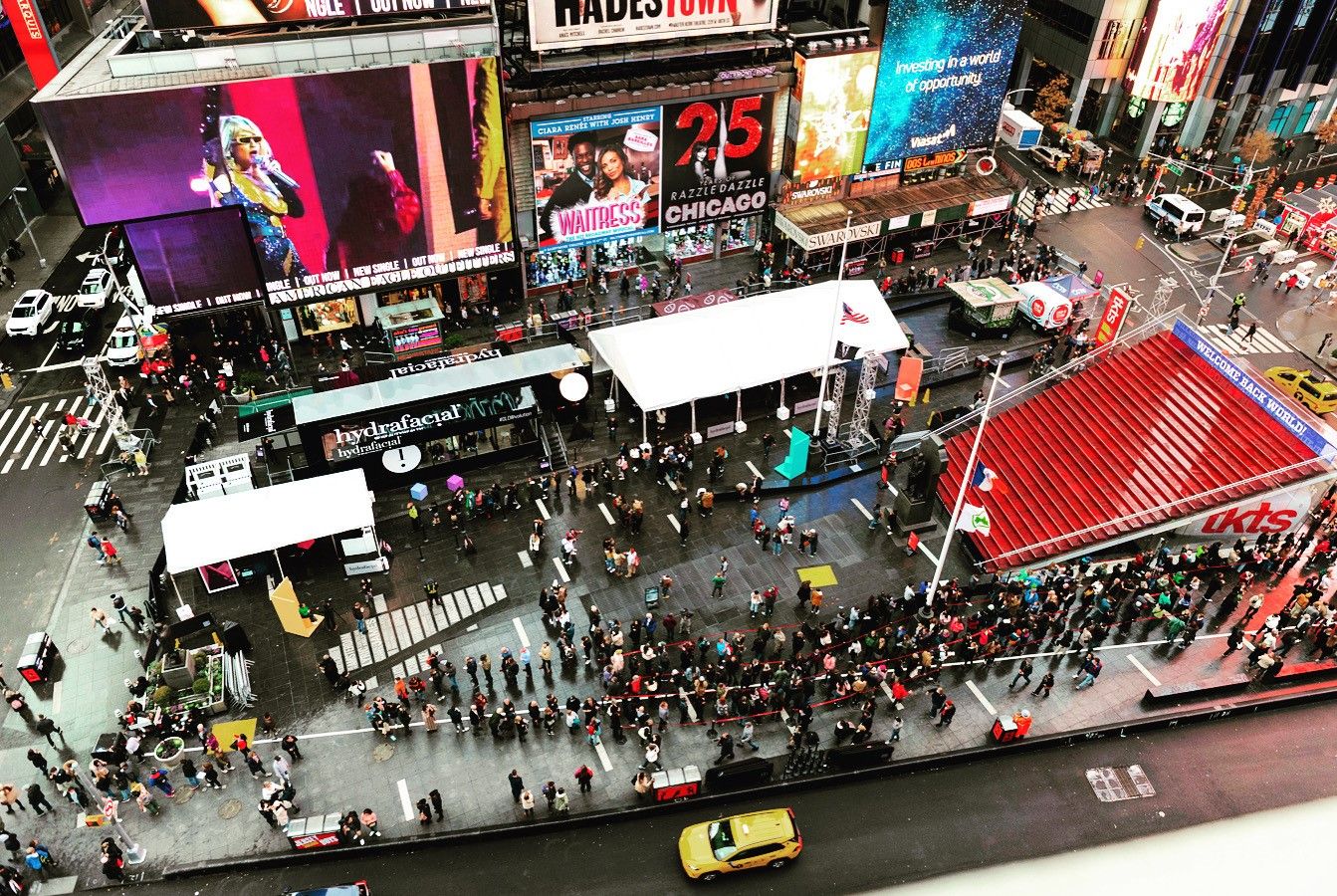What to Know Before Leasing a Trade Show Booth
Trade shows provide unparalleled opportunities to connect with your target audience, introduce new products, and enhance brand visibility. But before...
3 min read
Craftsmen Industries Jun 27, 2022 11:41:00 AM


Is it the first time your company is attending a trade show? Are you looking for a way to boost sales or increase your booth’s visibility? Either way, here are some helpful building blocks to squeeze the most outreach, marketing, and impact out of your upcoming event.
Before setting up a stall for your own business at a trade show, it can be extremely useful to attend a trade show as a spectator. Seeing what other companies are doing can give you ideas on what works as well as what you can do to be different.
A useful way to make the most of these scouting trips is to take notes. Some questions to think about might be:
Showing up on the day without an action plan can easily turn a fantastic marketing opportunity into a waste of time and money. A little bit of foresight and preparation goes a long way. Here are some key aspects to cover in advance of trade show day:
Branding is one of the most accessible and practical aspects of a successful trade show event. Make sure to tell people who you are and what you do. Make sure your branding is highly visible at your booth. Companies that fail to do this might have great information, staff members, and innovative ideas but won’t get to share them with people.
A good rule of thumb is that visitors should never have to ask, “So what is it exactly you guys do?” The answer should be clear from a distance.
There are two kinds of displays at trade shows. The kind you walk past and the kind you walk towards. It’s the difference between being a destination for trade show visitors and being another one of the crowd. Being a destination is somewhat out of your control since it is subject to how much space you have and where event managers position your stall in the room. However, there are multiple strategies you can use to become a focal point for visitors without having the largest and most central booth.
The following two tips are ways to make your booth less of a drive-thru and more of a destination.
Some strategies work for adults just as well as they work for kids. Giving out free stuff is one of those things that motivates everyone. Of course, rather than stuffed animals, you might want to consider more relevant freebies such as:
Trade shows are the perfect place to showcase your best experiential marketing. An experience involves the visitor taking action rather than simply being a sounding board for all your company’s ideas. An experience makes the booth feel like a two-way interaction and gives visitors a memory to link back to your company.
Experiences don’t need to be too long. In fact, short and simple activities are often the best. For example, you could provide a wholesale backdrop to take funny photos in front of or a product visitors can handle and play around with. Virtual reality headsets offer a huge variety of exciting activities that customers can participate in within a small space.
Finally, after a trade show finishes and you’ve packed the booth away, take some time to go over what went well and what could be improved. Meeting with your team to share feedback can transform your next trade show experience. Try and schedule this as soon after the trade show as possible, while the experience is still fresh in everyone’s minds.
Of course, a successful trade show booth doesn’t need to follow all of these steps to make a splash. Hopefully, more than anything, these steps give you a framework to follow as you enter the trade show fray.

Trade shows provide unparalleled opportunities to connect with your target audience, introduce new products, and enhance brand visibility. But before...

Marketing is an important aspect of any successful business. It helps companies increase brand awareness and reach new potential customers. However,...

Discover how experiential marketing events can elevate your brand and engage your audience like never before.